Panasonic’s NJS Track Machine
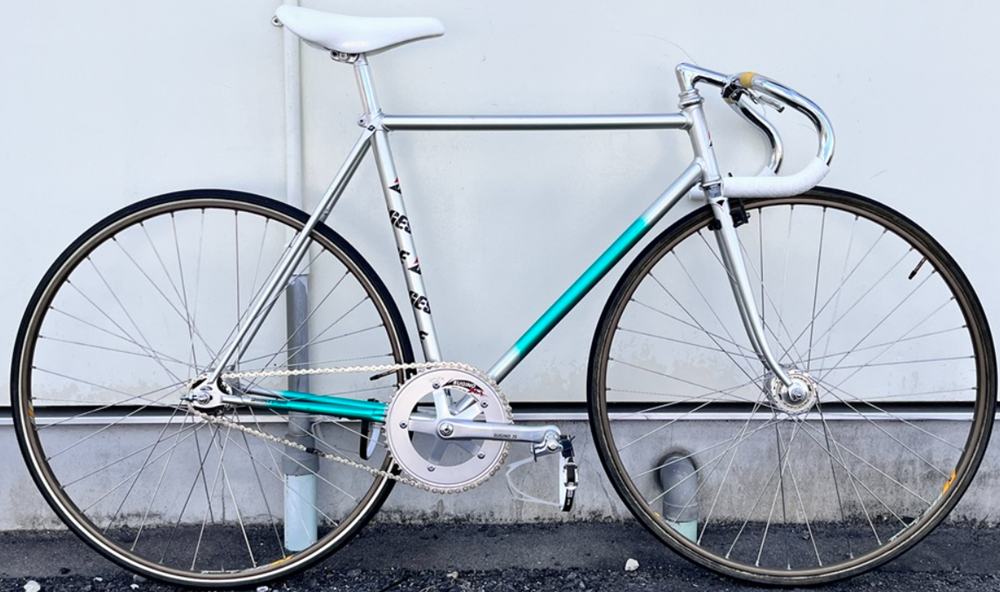
In the world of track cycling, few designations carry as much prestige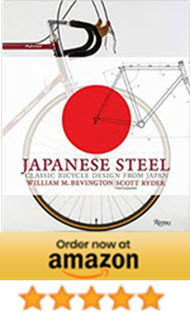 as the NJS stamp of approval. Furthermore, these three letters represent the gold standard for components used in Japanese Keirin racing, where speed, durability, and precision are paramount. Consequently, Panasonic’s NJS-certified track frames exemplify this tradition of excellence, combining meticulous craftsmanship with racing heritage. Additionally, born from the engineering prowess of Konosuke Matsushita’s National/Panasonic Corporation, these frames continue to captivate track cyclists and fixed-gear enthusiasts worldwide with their distinctive blend of performance and historical significance.
as the NJS stamp of approval. Furthermore, these three letters represent the gold standard for components used in Japanese Keirin racing, where speed, durability, and precision are paramount. Consequently, Panasonic’s NJS-certified track frames exemplify this tradition of excellence, combining meticulous craftsmanship with racing heritage. Additionally, born from the engineering prowess of Konosuke Matsushita’s National/Panasonic Corporation, these frames continue to captivate track cyclists and fixed-gear enthusiasts worldwide with their distinctive blend of performance and historical significance.
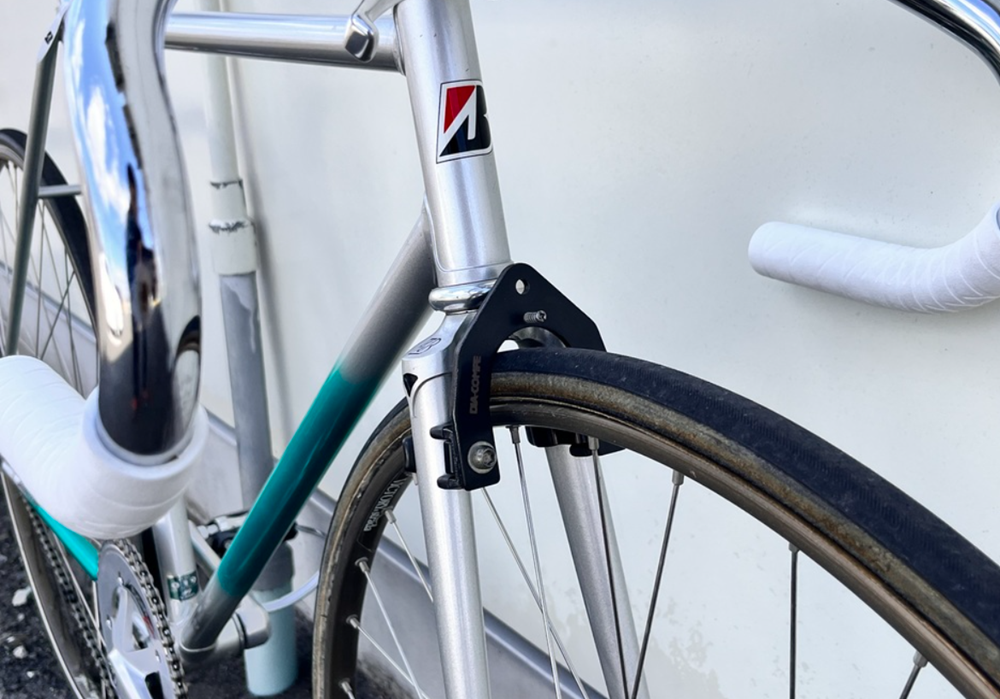
The NJS Standard: Japanese Keirin Racing’s Seal of Quality
The Nihon Jitensha Shinkokai (NJS) certification represents Japan’s stringent quality control system for track racing equipment. Therefore, established to ensure rider safety at breakneck speeds, the NJS stamp guarantees that each component meets exacting standards for strength, precision, and reliability. Similarly, Panasonic’s involvement in this regulated racing ecosystem helped establish their reputation among the elite manufacturers of track frames. Moreover, the NJS certification process subjects components to rigorous testing, evaluating everything from material composition to weld integrity.
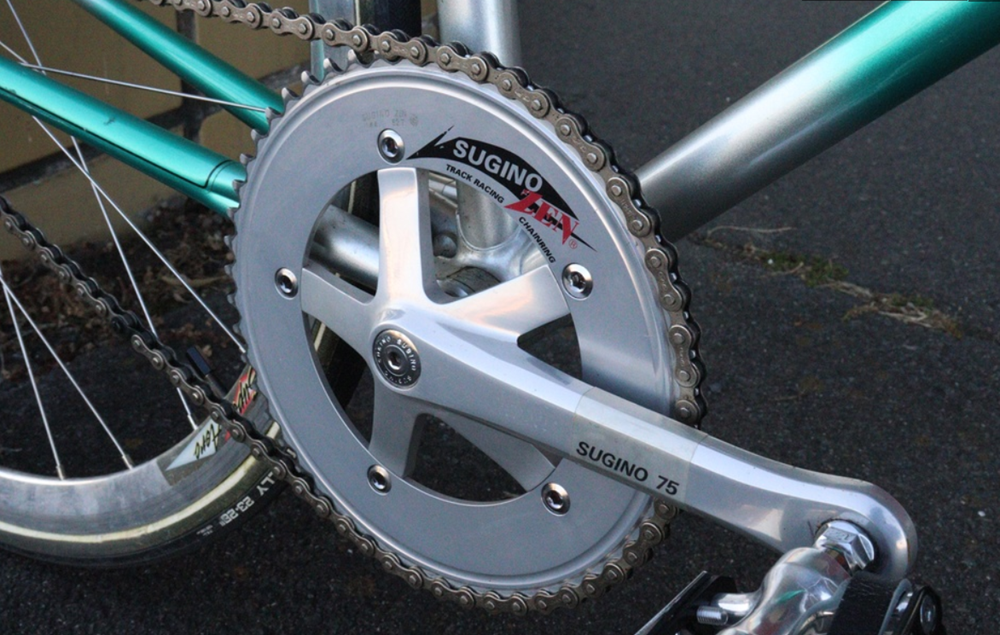
Beyond Bureaucracy: NJS Certification as Performance Guarantee
Additionally, this certification isn’t merely bureaucratic—it’s a testament to the frame’s ability to withstand the intense forces of professional Keirin competition, where riders reach speeds exceeding 70 km/h in sprint finishes. Finally, Panasonic commits to meeting these standards, which results in frames that perform flawlessly under extreme conditions while maintaining the distinctive ride quality that made them coveted among racers.
2 pairs of high-performance brake pads- Compatible with TRP, Tektro, and Shimano Deore delivering reliable stopping power in all conditions. 300 purchased last month!” LEARN MORE
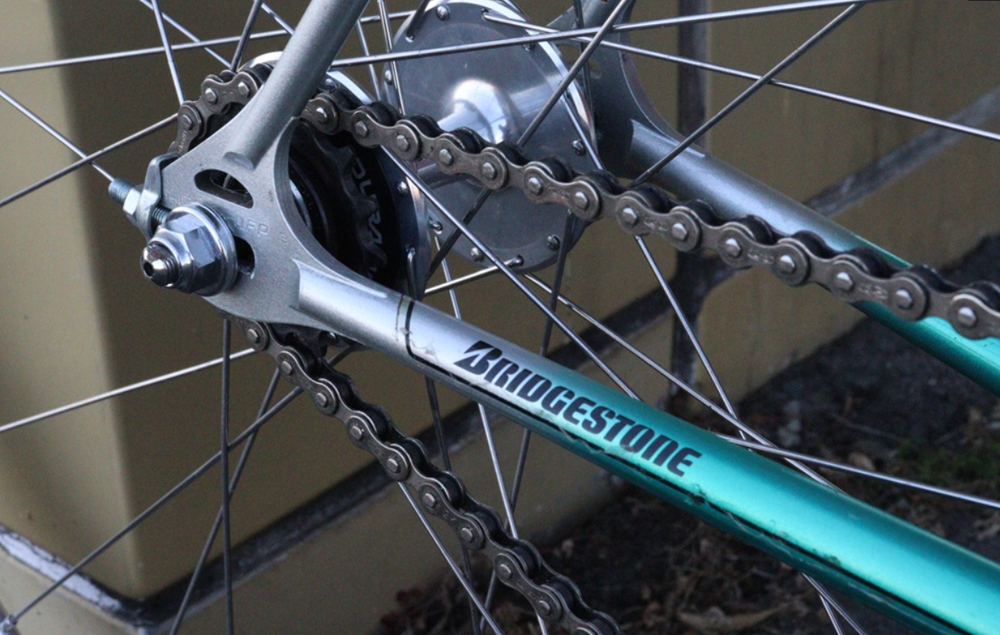
Component Harmony: The Anatomy of a Panasonic NJS Build
A proper Panasonic NJS track build represents a symphony of premium components working in perfect harmony. First, the frameset serves as the foundation, typically paired with the legendary HATTA Swan Super Deluxe headset—a marvel of precision engineering with its mirror-polished bearing races. Second, propulsion comes from the iconic SUGINO 75 crankset, renowned for its exceptional stiffness and power transfer capabilities, complemented by a matching SUGINO 75 bottom bracket for silky-smooth rotation.
Furthermore, the drivetrain continues this theme of excellence with an IZUMI plated chain transferring power to a DURA-ACE 15T cog and SUGINO ZEN 52T chainring—a combination offering both durability and efficient power transfer. Meanwhile, control comes through NITTO’s purpose-built NJS-approved B123 handlebars mounted on a compact 90mm NITTO NJS stem, providing responsive handling in the tight confines of Keirin racing. Additionally, riders interface with the machine through MKS RX-1 pedals, while sitting atop the renowned Kashimax FIVE GOLD FG-4P saddle mounted to a SUGINO MIGHTY seatpost. Finally, rolling stock consists of Campagnolo Victory Strada wheels built around SAKAE PRO MAX hubs, wrapped in Vittoria Rally tires—completing a package designed for maximum velocity and reliable performance.
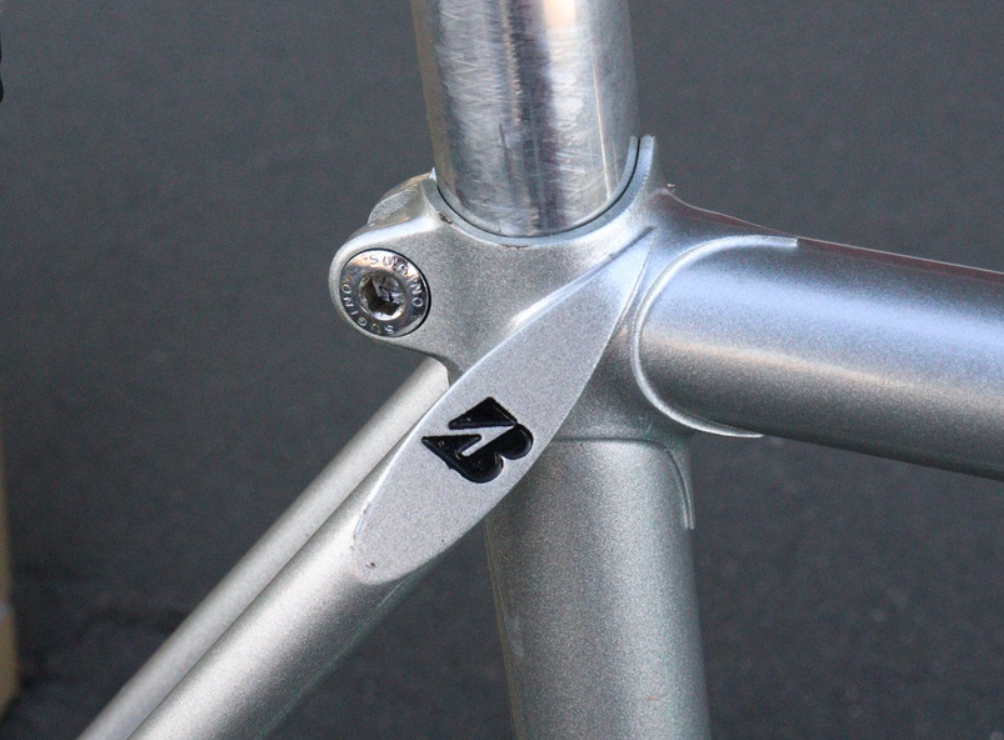
Engineering Excellence: Frame Construction and Design Philosophy
Panasonic’s approach to NJS frame construction represents a perfect balance between traditional craftsmanship and technical innovation. Initially, these frames typically feature precisely mitred and brazed chromoly steel tubing. This was chosen for its ideal combination of strength, weight, and vibration-damping properties.
“NDakter 5-Digit Bike Chain Lock- Crack-resistant combination security with heavy-duty construction to keep bike thieves at bay.” LEARN MORE
Additionally, the geometry follows time-tested principles optimized for Keirin racing’s specific demands. This included steep angles for responsive handling, short chain stays for explosive acceleration, and high bottom brackets for pedal clearance in banked corners. Moreover, what sets Panasonic NJS frames apart is their meticulous attention to detail. These details included the precise alignment of the rear triangle to ensure optimal power transfer, to the specific reinforcement at high-stress junctions.

Precision Engineering Heritage: The Panasonic NJS Design Philosophy
Further, every aspect of the frame’s construction adheres to NJS regulations. All this while incorporating Panasonic’s engineering philosophies developed through decades of racing experience. Consequently, the resulting frames deliver a distinctive ride quality that combines responsive handling with the stability. These two qualities were needed for high-speed racing. They accomplished all this while maintaining the characteristic steel feel that allows riders to intuitively sense their machine’s limits.

Cultural Impact: From Keirin Tracks to Global Fixed-Gear Phenomenon
The influence of Panasonic NJS frames extends far beyond Japanese velodromes. Initially, beginning in the early 2000s, these frames became coveted objects in the burgeoning urban fixed-gear movement. They were prized for their distinguished racing pedigree and distinctive aesthetic. Subsequently, the NJS stamp transformed from a technical certification into a cultural signifier. This became a symbol of authenticity in an increasingly commercialized cycling landscape.
Furthermore, vintage Panasonic NJS frames command premium prices in the secondary market. Collectors and riders were seeking the unique combination of racing heritage, build quality, and classic styling. Meanwhile, this cultural impact speaks to the timeless appeal of purpose-built racing machine. This grew the appreciation for cycling’s rich technical traditions.
Finally, today, Panasonic NJS frames serve dual roles. Continuing their original purpose in professional Keirin competition while simultaneously functioning as coveted artifacts. This connects riders worldwide to Japan’s unique cycling heritage. This is a testament to engineering excellence that transcends its original context to inspire cyclists across generations and continents.
 |
 |
We earn from qualified Amazon purchases with NO cost to you. ANY item that you need or were going to purchased anyway through any of our links, helps support this site. Thank you for your support!
If you enjoyed learning about this week’s featured bicycle, don’t miss out on some cycling information you can use and enjoy! Visit our website at pacelinebikes.com Plus, check out our YouTube channel, Bicycle Restoration Man, for detailed restoration videos and showcases of our finished projects. Subscribe and join our community of bike enthusiasts!

